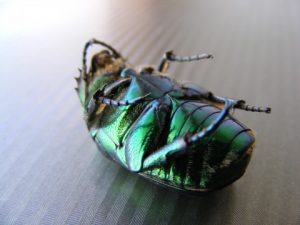Another wastewater study… but looking at the very important question of whether infectious virus can be detected in the waste stream. Most wastewater studies to date have only looked at viral RNA. The not-too-surprising punchline is that infectious virus dies out long before the RNA signal is degraded. This kind of information we be useful …
So here’s a bit of an odd “study”, published as a letter in the Journal of Hospital Infection about which the authors put out a press release as well. The title is “COVID-19 pandemic, let’s not forget surfaces”. No abstract since it’s a letter. Basically the authors took DNA from cauliflower mosaic virus, and inoculated …
A few years ago I was hearing increasing discussion about the idea that much of the microbiology of the built environment was “stamp collecting” and that the indoor microbiome might consist largely of dead or non-viable material passively deposited indoors. Many pweople argued that there was a need for better tools (or increased use of …
From May 13-14 2015 we hosted a “Live/Dead Workshop” here at UC Davis where we basically discussed a number of issues related to the topic of figuring out which bacteria are alive/viable in a given microbial community. This is particularly important in the built environment where we suspect that many (most?) microbes are dead and …
Following the last posts about sampling in buildings and other man-made environments, I would like to share the paper I will present at Healthy Buildings 2015 Europe. The paper mainly focuses on sampling advice for practitioners, but we have also tried to explain what the concept of «building microbiome» means to us. Although buildings are not living …

